William “Sandy” Darity argues that state and local efforts are missing the mark when it comes to reparations for the descendants of enslaved people.
The economist and public policy professor at Duke University argues that a federal program could achieve much more.
What is the Racial Wealth Gap?

The racial wealth gap refers to financial disparities within a nation between different ethnic and racial groups. More specifically, it is about a lack of access among various ethnic and racial groups that arise from economic factors, such as financial literacy, that affect the well-being of these groups.
For example, in 2021, the Financial Industry Regulatory Authority performed a research study on financial literacy in the United States. They discovered that Asian Americans and Whites scored higher on the test they provided than did Black and Hispanic participants.
Addressing the Racial Wealth Gap

Plans to address the racial wealth gap have included a wide range of possible remedies, from the progressive taxation of wealth to reparations, to lowering the costs associated with higher education.
Some believe that closing the wealth gap will require attempting to repair damage caused to certain communities by redlining in real estate and mortgage programs. Solutions might include down payment assistance and mortgage assistance, among other possibilities.
Cost of a National Plan to Fix the Wealth Gap
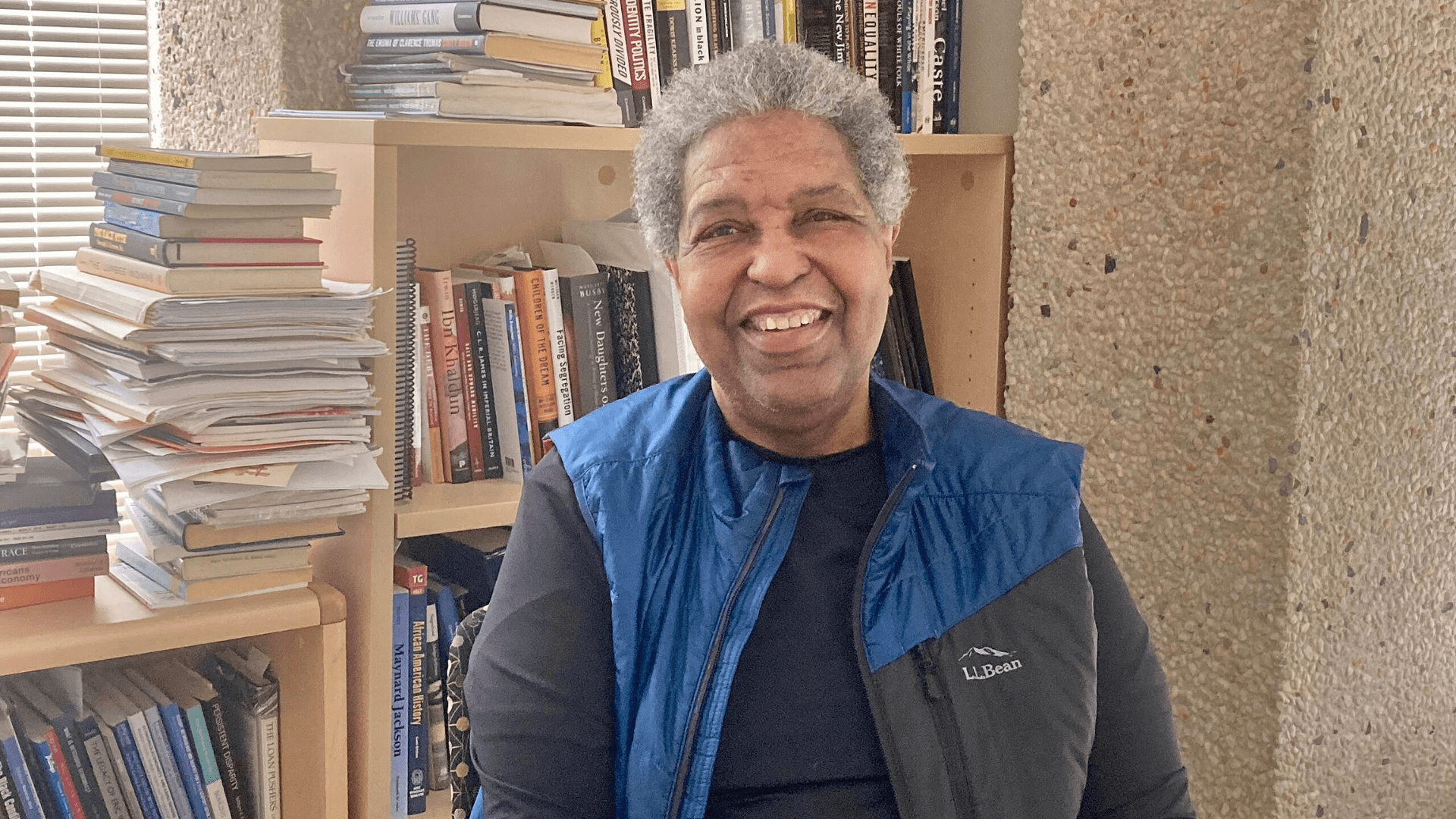
Darity emphasizes that the cost of a nationwide plan to address the racial wealth gap has climbed to approximately $16 trillion, a significant jump from the previous estimate of $14 trillion.
Darity stresses the urgency of action He says that “The longer we wait, the larger the bill will get.” He shared these insights during an interview at the American Economics Association’s annual conference in San Antonio.
An Example of the Racial Wealth Gap

Proposition 209, which was implemented in California in 1997, banned affirmative action policies based on race and gender in public education, government contracting, and public employment.
Data shows that the proposition led to people of color and women losing out on approximately $1 billion per year, and also significantly impacted the ability of Black and Hispanic people to attend college.
Support for Reparations
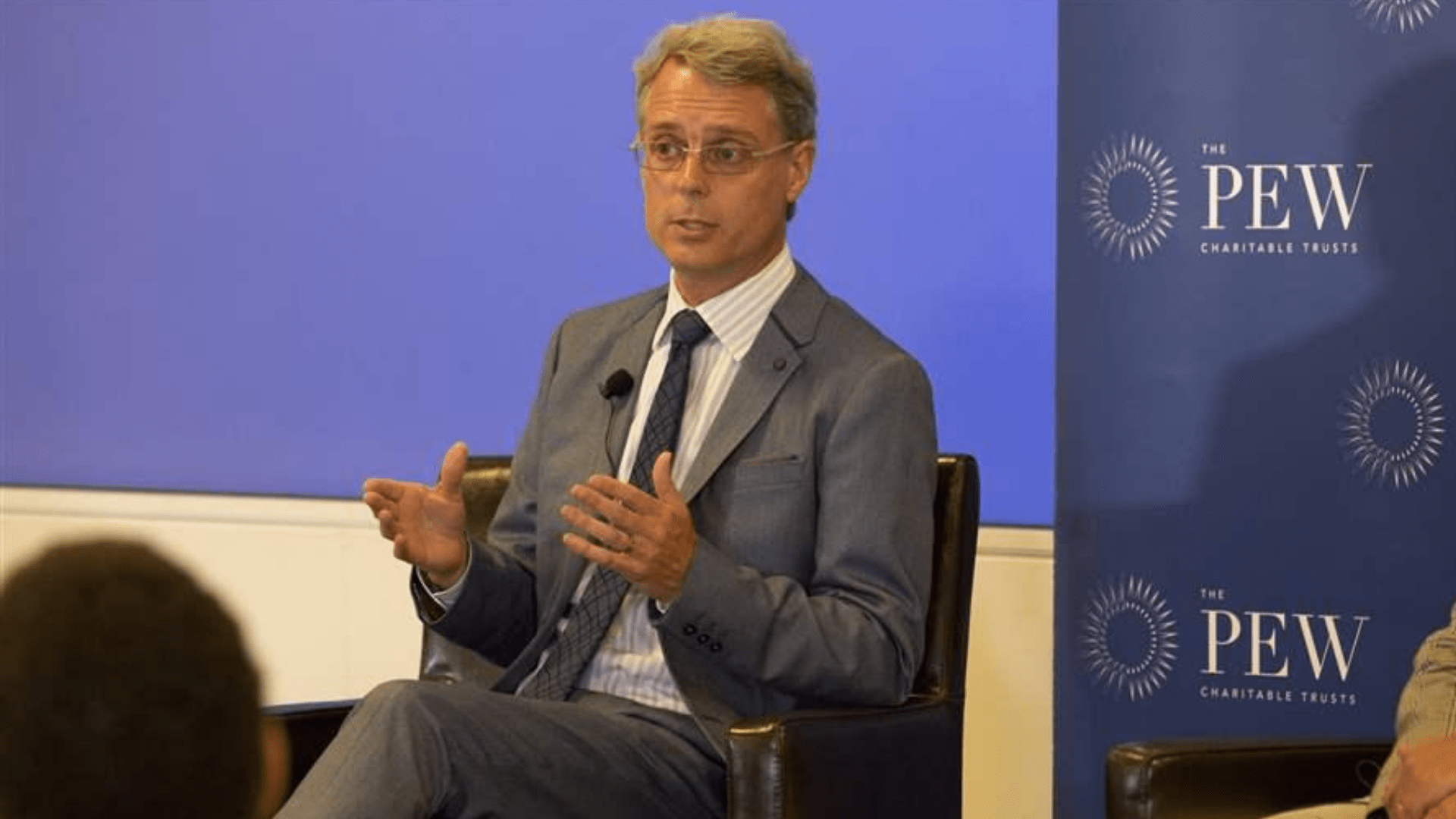
According to an October 2021 Pew Research Center poll, about 30% of U.S. adults support reparations for descendants of enslaved people. This number includes 77% of Black poll takers.
Another poll by the University of Massachusetts Amherst in early 2023 showed 36% overall support for reparations. Despite this relatively large number, the debate on the scope, size, eligibility criteria, and forms of compensation remains intense.
Why Are Reparations Valid?
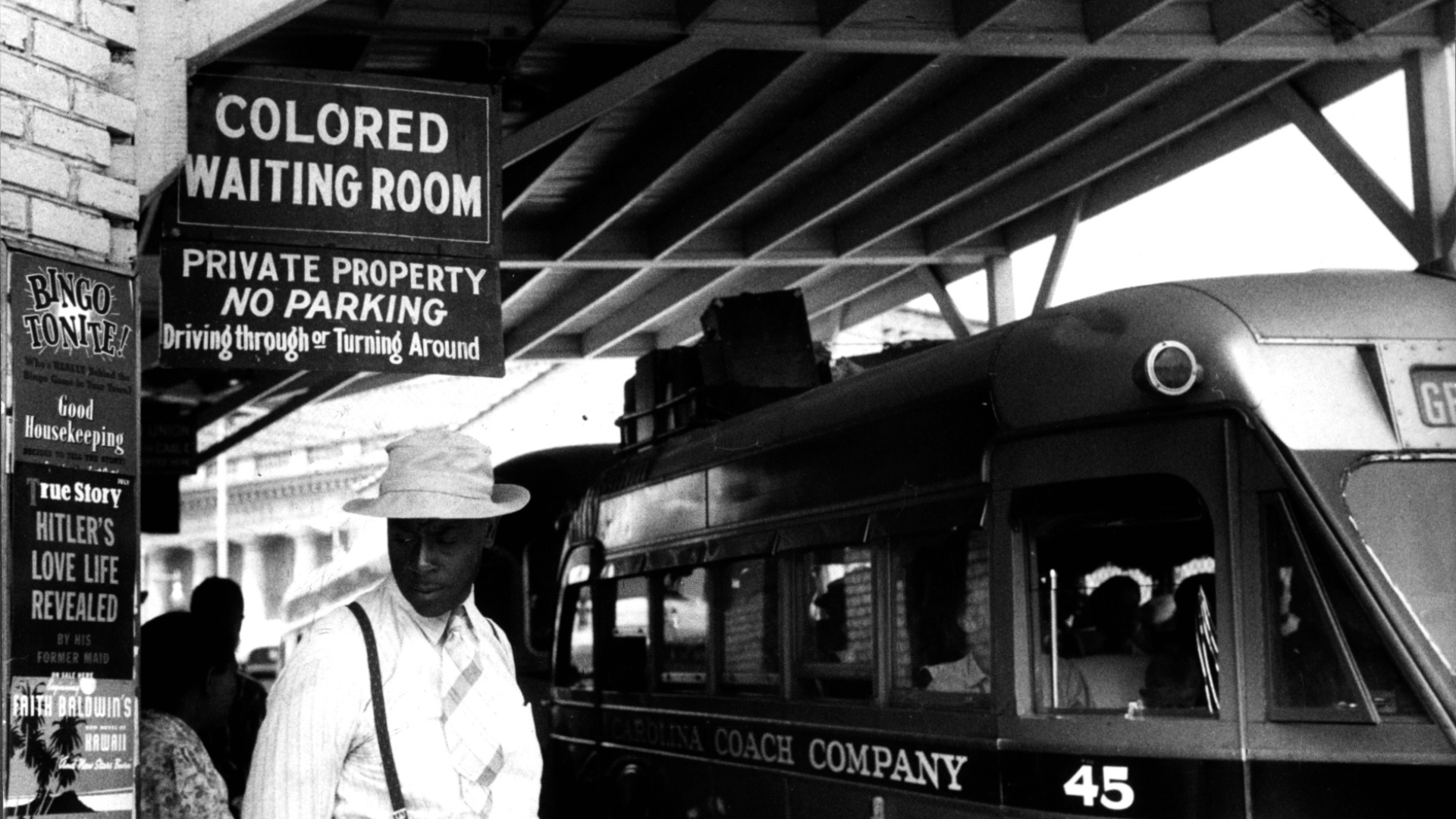
Advocates argue that compensation is owed for the enduring legacy of several unsavory institutions in American history.
These include slavery, racial segregation during the Jim Crow era, Black property loss, and discriminatory public policies that have hindered Black Americans from building wealth.
What Do Reparations Consist Of?

The proposed reparations take various forms, including housing grants, direct payments, business loans, and even a national apology.
Each of these forms of reparations have specific facets. For instance, direct payments have been broken down specifically by Darity. He based a calculation for restorative payments based on a broken promise General Sherman made at the close of the Civil War, that freed Blacks were owed “40 acres and a mule.” Darity calculates the value of this at $80,000 per person, which would total around $1.2 trillion.
Why Darity Opposes State and Local Efforts at Reparations
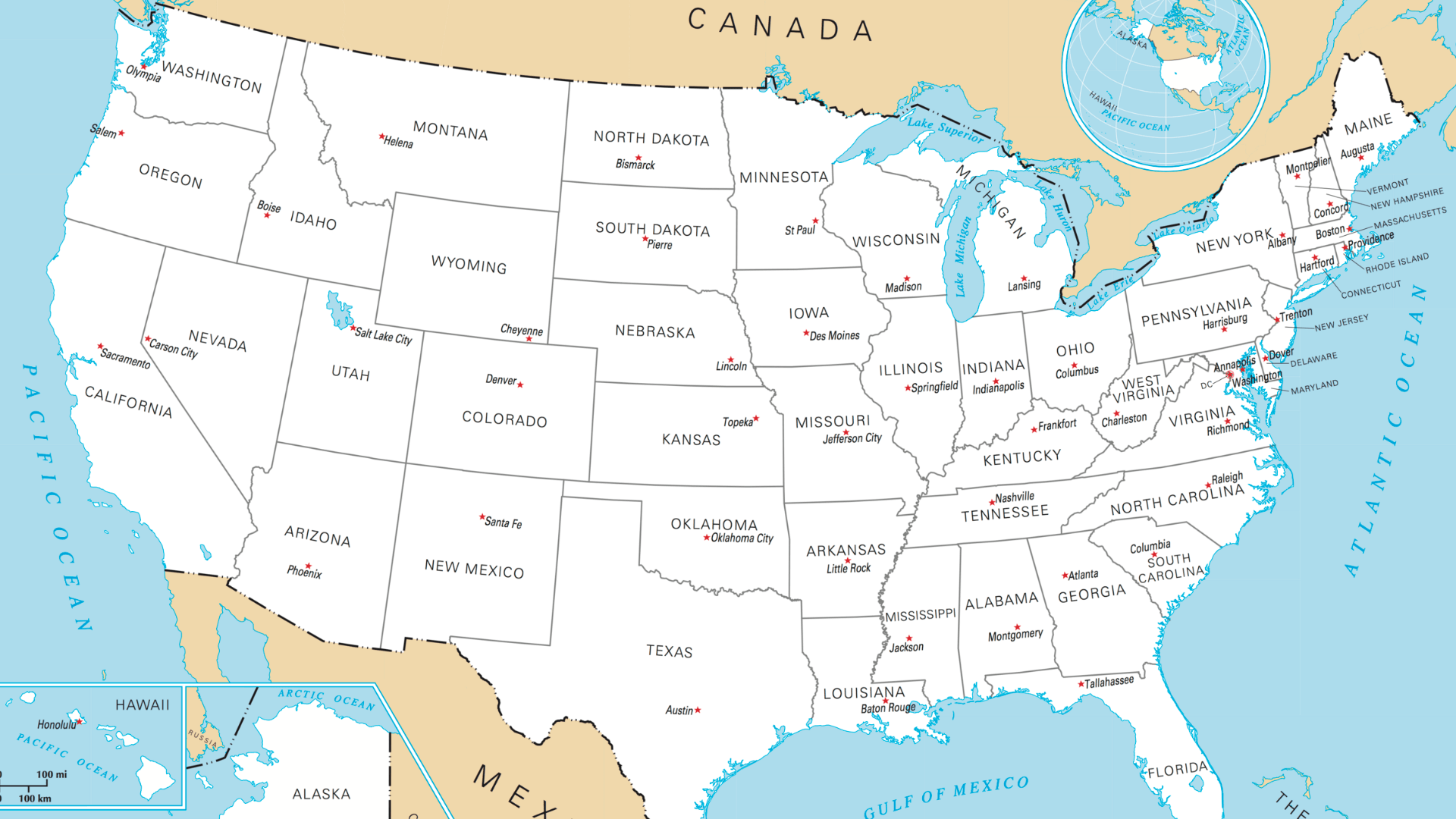
Darity, one of the consultants for California’s first-in-the-nation task force, dismisses state and local efforts as patchy and piecemeal.
He emphasizes the inherent flaws, noting that different eligibility standards and varied outcomes based on geographic location will result from decentralized programs. Darity predicts that if left to states and localities, some communities may do nothing at all, providing opponents with ammunition against a nationwide program.
Why Should Reparations Be a Federal Initiative?
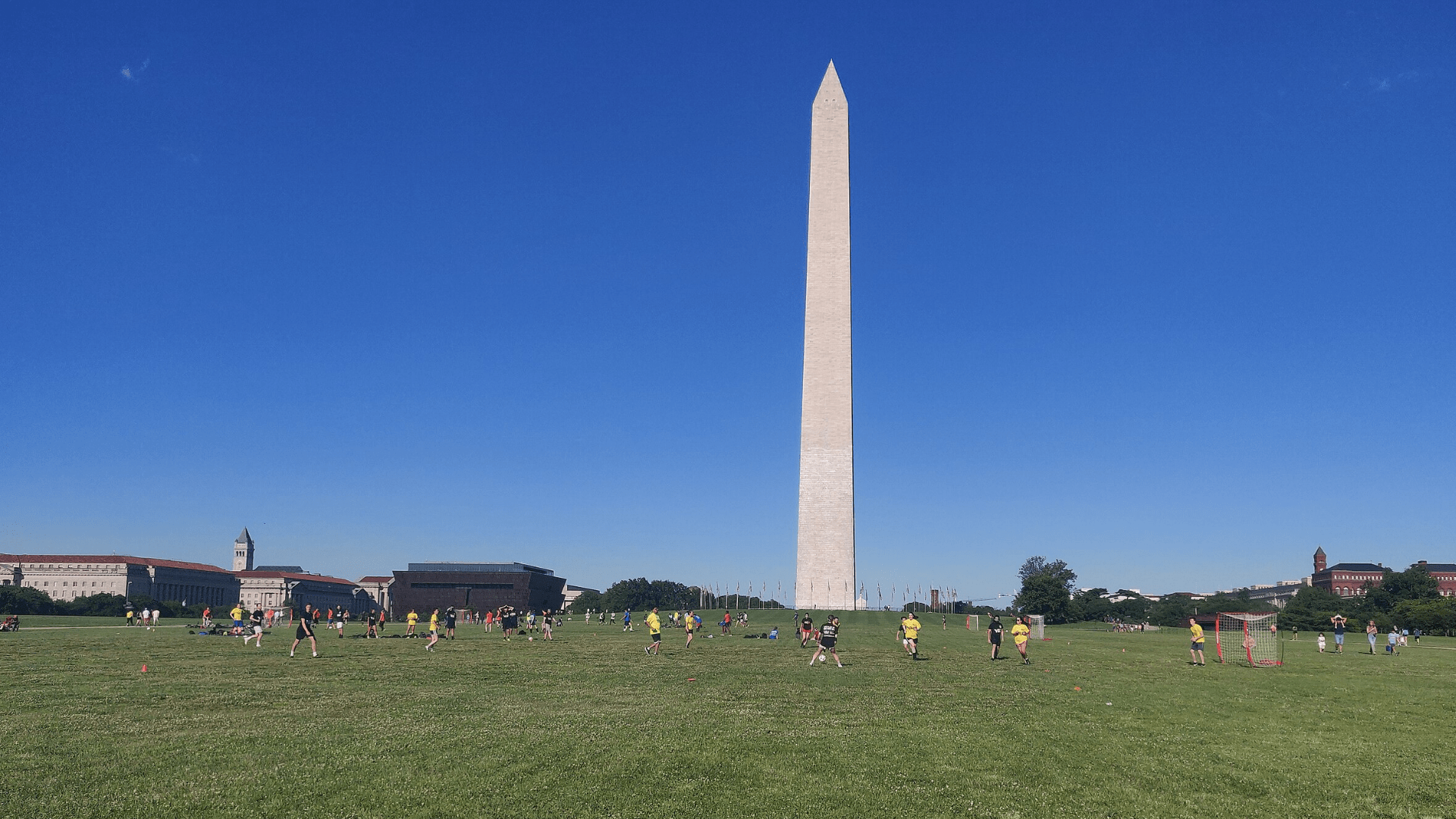
The economist contends that states lack the financial resources to independently bridge the racial wealth gap. The combined budgets of U.S. States total less than $5 trillion. Darity firmly asserts that reparations “is necessarily a federal project.”
He suggests that Washington, D.C., could be an exception as the federal district has the unique ability to directly appeal to the federal government for restitution. This could be a starting place, as it might potentially set a precedent for a nationwide approach.
State-Level Reparations So Far
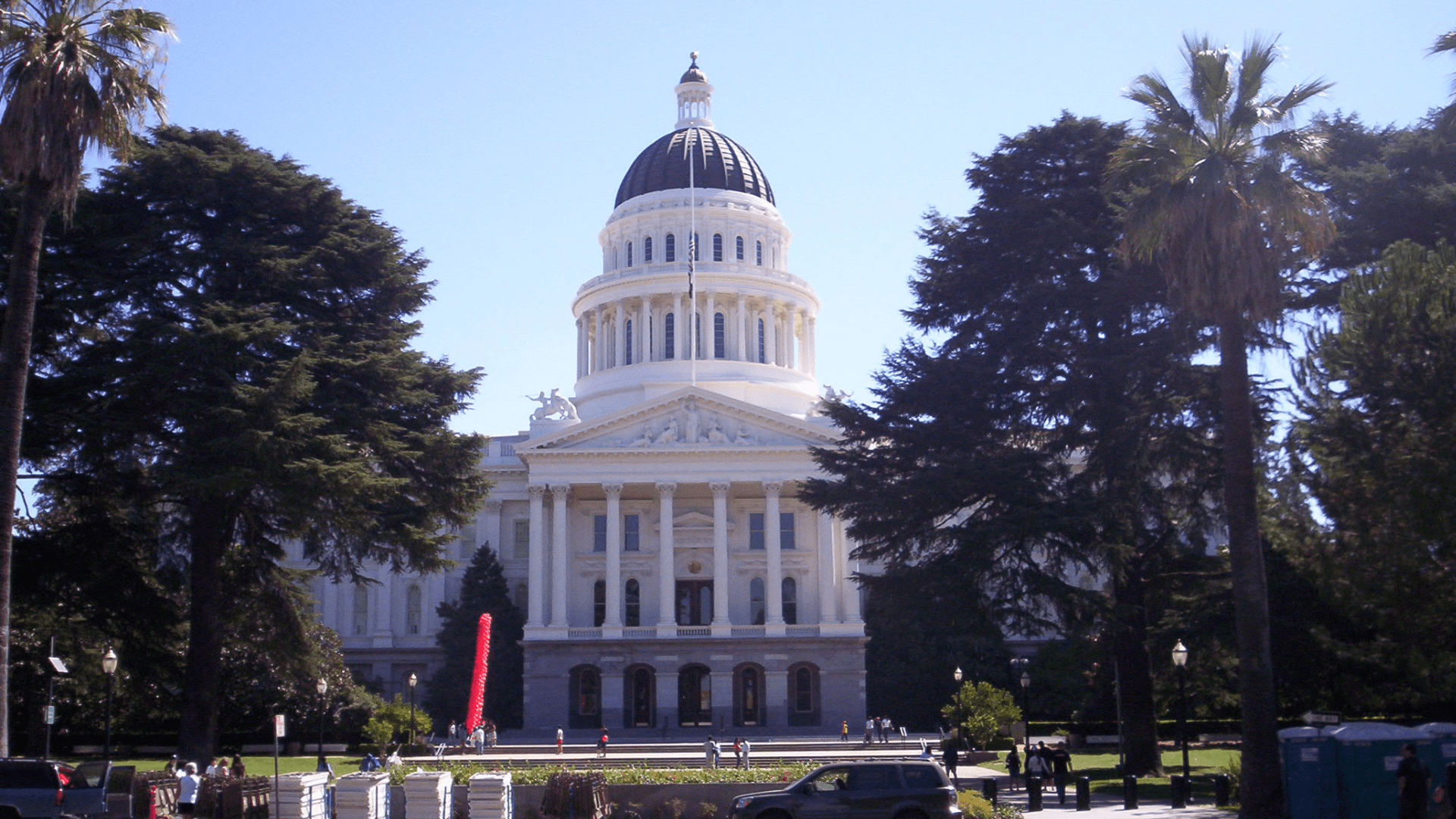
There have been some state-level developments, like California’s task force recommendations and commissions in New York and Illinois.
The task force in California was established in 2020 and spent about 3 years studying and developing reparations proposals for African Americans in the state. They issued their final report in June 2023, which provides an exhaustive plan for reparations of slavery and its lingering effects on American society. However, Darity believes that these efforts are insufficient. He underscores the need for a federal project to address the issue comprehensively.
A Shift in Congress is Necessary
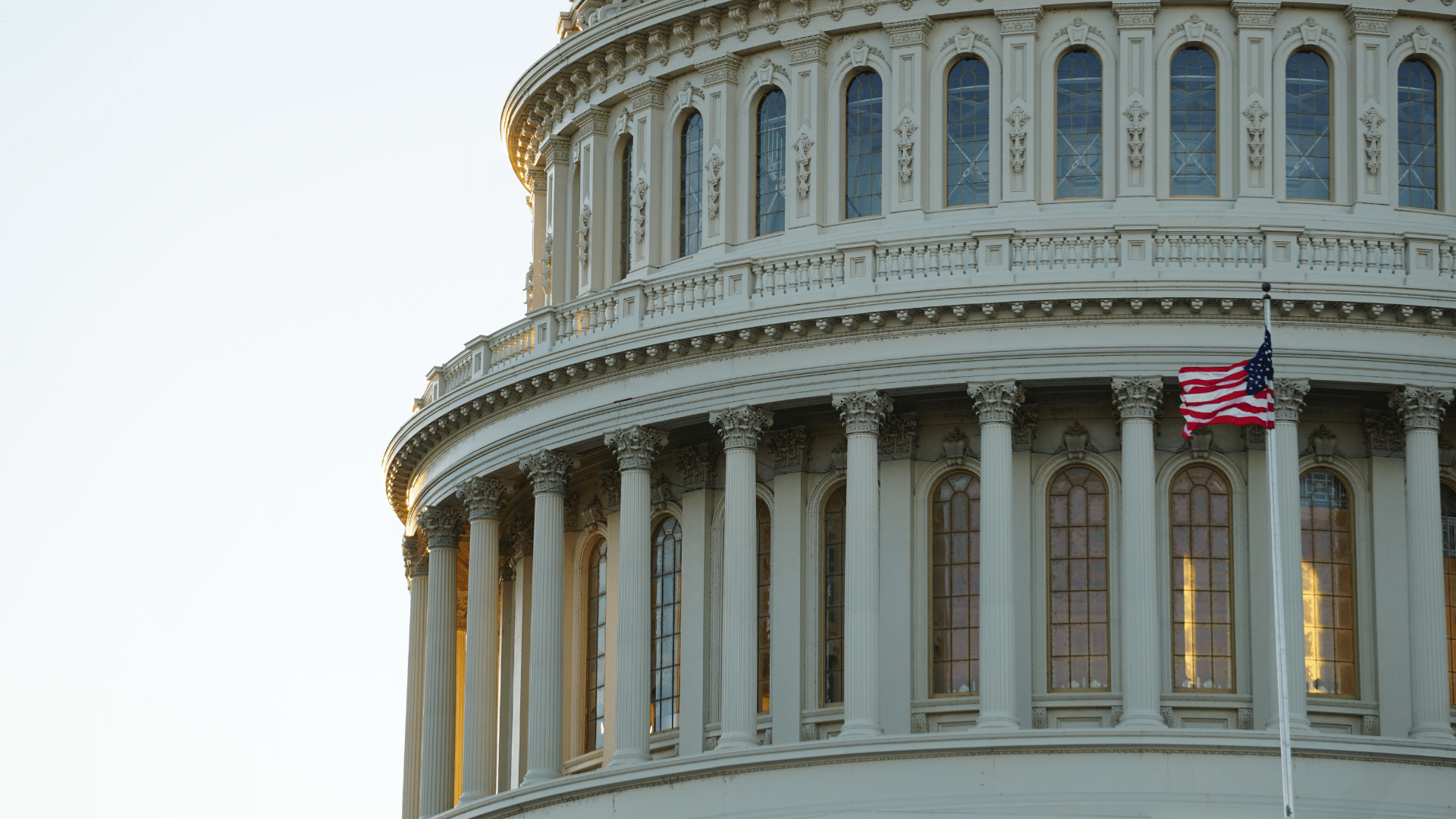
Darity has argued that for a reparations program to materialize into law, a substantial shift in Congress’s composition is essential: “there would have to be a very different Congress.”
The path to a nationwide reparations program is steeped in challenges. As the debate continues, the urgency to address historical injustices and systemic disparities remains a focal point. As Darity has noted, the longer we wait, the more expensive the program will be.
